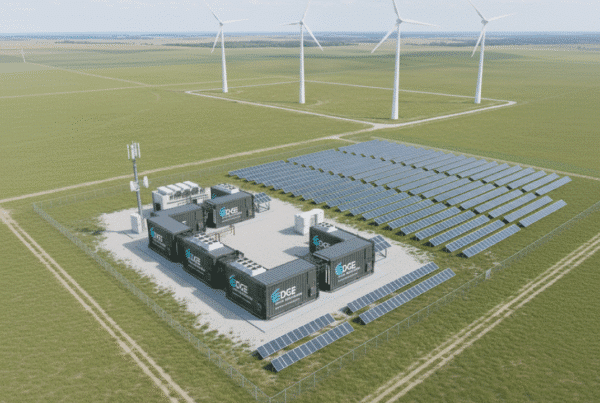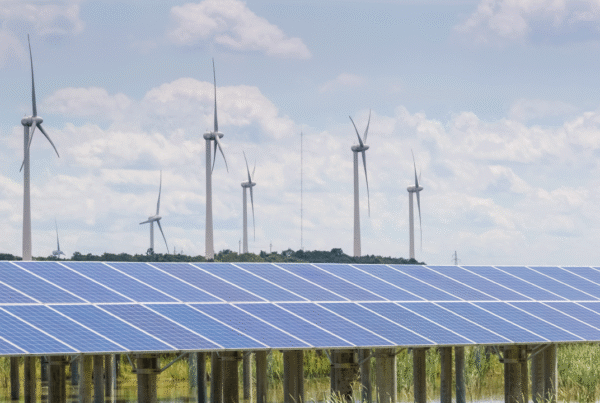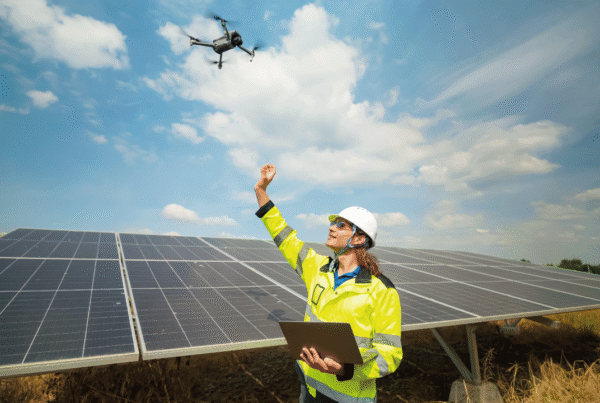
The integration of virtual reality into rehabilitation processes has opened a window that was unimaginable just a few years ago: patients who once saw recovery as a tedious routine of exercises now dive into digital landscapes where every movement is a challenge. When they put on the headset and pick up the controllers, they leave the conventional physical therapy room behind and enter an environment where strengthening a muscle or regaining joint mobility becomes part of an immersive experience. This immersion not only boosts treatment adherence but also activates neurological reward mechanisms that accelerate neuroplasticity—crucial for overcoming brain or spinal cord injuries.
Beyond the physical benefits, this technology is demonstrating a remarkable impact on users’ emotional well-being. Those suffering from anxiety after trauma or specific phobias can face formerly incapacitating situations in a gradual, controlled way. The ability to adjust exposure intensity in real time and receive immediate feedback creates a safe environment where fear dissipates and confidence is reborn, leading to breakthroughs that traditional therapy doesn’t always achieve.
However, deploying virtual reality comes with challenges. The cost of hardware and specialized software development can slow its adoption, and rehabilitation centers need to build interdisciplinary teams to make the most of these tools. Physical spaces must also be adapted to allow free movement and prevent accidents, which means lowering architectural barriers and ensuring regular device maintenance.
This is where renewable energy comes into play: the optimal operation of a VR system relies on a stable, high-capacity power supply. Clinics that install solar panels or connect to mini wind-power grids can secure energy independence and significantly reduce operating costs. In rural areas or regions with unstable electrical infrastructure, portable VR units powered by rechargeable batteries charged with clean energy make it possible to bring advanced therapies to the places that need them most.
But it’s not only about exporting rehabilitation to the ends of the earth: immersive-software developers are exploring sustainable
data centers
that use geothermal cooling and solar power to run VR applications. Each session then leaves a minimal carbon footprint, promoting a value chain that blends health and environmental stewardship. Some physical therapists even note that visiting clinics powered by clean energy tangibly improves patient experience—the knowledge of contributing to a sustainable model further boosts motivation.
Looking ahead, we can envision fully autonomous tele-rehabilitation networks: patients connecting their VR headsets from home while solar sensors integrated into hallways calculate and adjust lighting and temperature. That scenario merges cutting-edge immersive medicine with renewable-energy efficiency, showing that true progress lies not only in technology itself but in the harmony between human well-being and respect for the planet.
——————————————–
Learn more about the renewable energy sector on the Univergy Solar blog.







